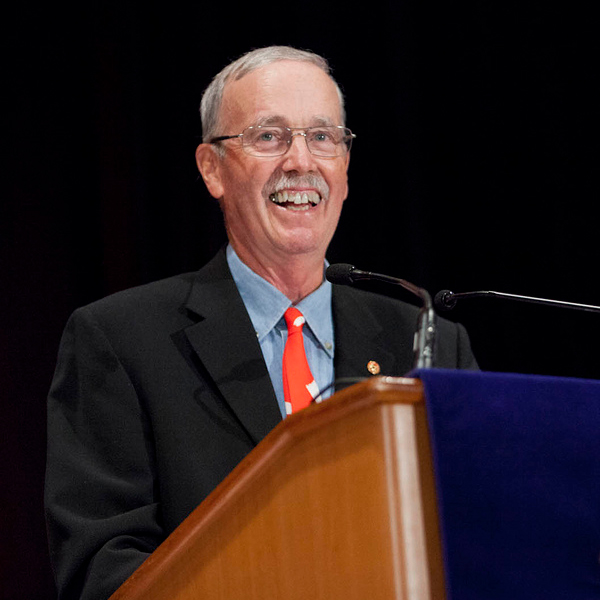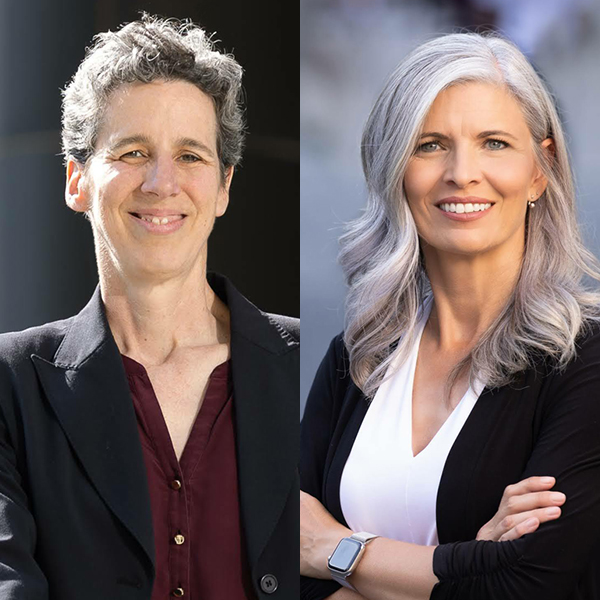Nineteen sixty-two is the watershed year for McGill of the past half century. F. Cyril James stepped down as principal to be succeeded by H. Rocke Robertson during whose tenure – 1962-1970 – McGill’s governance, administration, geography, and academic life were transformed. Aiding this transformation was the agreement between Ottawa and Quebec City whereby federal money became available to McGill and other Quebec universities by routing it through the provincial government. In addition, Quebec’s own financial support for universities began increasing greatly.
Peter McNally, BLS’65, MLS’66, MA’77, is the director of the History of McGill Project and a professor at McGill’s School of Information Studies.
*****
I would say Rutherford’s Nobel prize and Penfield’s Montreal Neurological Institute (most astonishing because it happened in the Depression initially over the objection of Arthur Currie and in the midst of brutal economic circumstances) are key events. Reputation building is always a tricky thing to explain precisely because it’s fluid and so often based on successful myth-making. In McGill’s case, as with U of T’s, it arises in large part from the institution’s long history (notice how in Maclean’s rankings, it’s the oldest institutions, year after year, that fare best). More than any other university in Canada, McGill has cultivated its image internationally, which is another important reputation building element. While less prominent in the arts than the sciences, the presence of iconic figures like Stephen Leacock, Frank Scott and Charles Taylor has been very significant in the growth of McGill’s standing. Not all of the stories are pretty – the involuntary departure of Eugene Forsey and Leonard Marsh, and the anti-semitic admission policies that existed from the twenties to the forties (documented in several places, including my book, Making a Middle Class: Student Life in English Canada in the Thirties), are also part of the story.
Paul Axelrod is a professor of education and history at York University and his work explores, among other things, the history of higher education in Canada.
*****
In 1941, architect John Bland becomes director of the School of Architecture and over the next 31 years transforms it from an institution based on the French Ecole des Beaux-Arts (think handmade paper, ink drawings, classical sculpture, axial planning), to a fully-fledged Bauhaus-inspired modernist school.
Annmarie Adams, BA’81, is the director of the McGill School of Architecture.
*****
I do not know if there is a specific event or moment to point to, but I believe that McGill’s great stature and reputation today stems in no small measure from its international reach. When and how did significant numbers of international students start to come to McGill? One group I worked closely with were Chinese graduates from Hong Kong. A steady stream of them came by sea and by land in the fifties and sixties. Their stories are epic in their minds and in the minds of their families, many of whom now live in Canada. The importance of McGill’s international reach stems in part from the fact that the University is stronger and more insulated from the uncertainties of Quebec funding and politics because of its international reputation and its significant international student body.
Michael Kiefer is a former vice-principal (development and alumni relations) at McGill. He is the vice president for institutional advancement at Haverford College.
*****
Towards the end of my term as chair of the board of governors, the McGill University Health Centre was created, with the Royal Victoria Hospital, the Montreal General Hospital, the Montreal Children’s Hospital, the Montreal Chest Hospital and the Montreal Neurological Hospital all coming under under one administration. The construction of the new MUHC campus at the Glen Yards finally began. This was a turning point for McGill, which will become more and more evident in the next few years once the new hospitals and the research centre are built.
Alex Paterson, BCL’56, LLD’94, is a prominent Montreal lawyer and the former chair of McGill’s board of governors.
*****
I remember very well the day that the first Maclean’s rankings came out and McGill was number one. Many may not agree with me, but I think that day changed the way McGill thought about itself and started it on the road of global greatness.
Alan Shaver is the president of Thompson Rivers University and a former dean of science at McGill.
*****
Percy Ellwood Corbett, BA ’13, MA ’15, DCL ’63 joined the Faculty of Law in 1924; he served as dean from ’28-’36 and stayed until he left for Yale in ’43. During his time at McGill he was instrumental in making McGill the first full-time legal program of study in Quebec (quite the feat given how reactionary the Bar was). A scholar of the highest stature, he was a pioneer in the development of the science of international law in Canada. Moreover, he recruited and mentored two great legal scholars, teachers and visionaries: John Humphrey, BCom ’25, BA ’27, BCL ’29, PhD ’45, LLD ’76; and Francis Reginald Scott, BCL ’27, LLD ’67. Quite the legacy!
Ian C. Pilarczyk, BA’92, LLM’97, DCL’03, is the author of A Noble Roster: One Hundred and Fifty Years of Law at McGill.
*****
Of course I would add the decision of Sir William Macdonald to create Macdonald College as a moment that changed McGill; it gave McGill connections to the global agricultural industry and strong connections to the rural communities of Quebec which it did not have previously. Macdonald researchers and alumni have made significant contributions to McGill’s reputation over the years.
Deborah Buszard is the associate director of research and outreach at Dalhousie University’s College of Sustainability and a former dean of agricultural and environmental sciences at McGill.
*****
In regard to turning points in McGill’s history, I suggest you might combine the influence of Sir William Osler and Wilder Penfield. Osler started his brilliant career as a teacher, pathologist and author at the Montreal General Hospital and McGill during the first 15 years of his professional life. With this grounding, he became recognized during his next 15 years at Johns Hopkins Hospital, as one of the most influential physicians of his time, a reputation he enhanced by his continuing contributions while at Oxford.
During the last year of his life he initiated what was perhaps his greatest work for McGill, a million dollar grant from the Rockefeller Foundation in 1920 that changed the face of teaching and research in the Medical Faculty. The resulting McGill /Rockefeller Program over the next 10 years proved most successful and provided a firm basis for another and larger Rockefeller grant to McGill in 1932 of a million and a quarter dollars for the Montreal Neurological Institute to support the work of Wilder Penfield and his team. Over the past 75 years the Neuro has played a major role in making McGill and Montreal recognized a world centre for the treatment of neurological disorders and for research and teaching on the brain and nerves.
William Feindel, MDCM’45, DSc’84, is a former director of the Montreal Neurological Institute.
*****
I would suggest the 175th anniversary, particularly the Open House, with all its tents and flags and pageantry on the lower campus (thanks to Avi Friedman), the unveiling of the James McGill statue, the carriage and horses with Julie Payette, Victor Goldbloom and Oliver Jones, the fantastically beautiful weather… McGill had been through such gloomy times in the early nineties with the budget cutbacks and austerity measures and a no-nonsense new principal who refused to gloss over the decisions that had to be made. And then the sun came out, there was such a feeling of fellowship and pride – fostered by Bernard Shapiro who, recognizing the moment, was prepared to allocate the necessary funds. I do think it helped restore confidence and enabled the University to adapt with better grace and move forward with greater enthusiasm and determination.
Kate Williams, DipTr(F-E)’78, is the former director of the University Relations Office (now the Media Relations Office).
*****
The aspect of McGill history that interested me as a military historian was McGill’s “First” in creating an Officer Training Corps in 1912. When war came in August 1914, returning undergraduates were under immediate pressure to join the COTC. Among the recruits were the four sons of Charles Bieler, who had brought them to Montreal to escape the imminent European War. Instead, McGill’s COTC helped four of his sons to join the Canadian Expeditionary Force. Three of the four survived the war and had distinguished careers – as a McGill physicist, as secretary-general of the League of Nations and as founder of fine arts as a field of study at Queen’s. In 1968, all university-based officer-training programs were scrapped because unification forced all three armed services to re-evaluate their programs and to agree that the pay-off was wholly inadequate. Some of the funding was diverted to the strategic studies grants, currently being abolished by the Harper government as a cost-cutting measure.
Desmond Morton is a McGill emeritus professor of history.


